Proper handling pre-slaughter – like lower densities and thermonarcosis – can improve texture, flavor and lower cooking losses
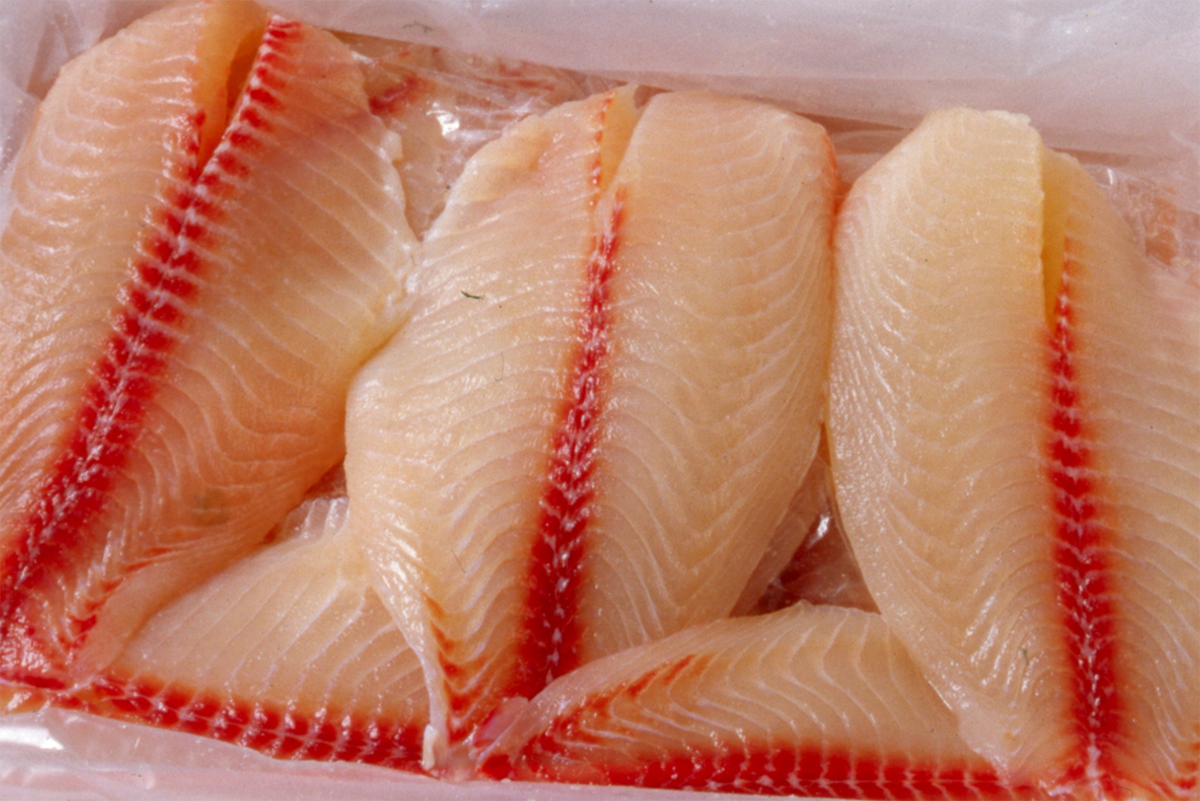
Animal welfare continues gaining increasing importance in animal production systems. Welfare assessment protocols now encompass criteria such as nutrition, health, environment, and the expression of natural behaviors to ensure overall well-being. Careful handling of cultured fish during removal from breeding areas, transport, and the period prior to slaughter significantly impacts their well-being, which, in turn, can influence the sensory quality of the fillet.
Current research has concentrated on the impact of live-holding transport on the antioxidant status of fish. However, there is a lack of studies exploring the correlation between different slaughter methods and the antioxidant status of fish fillets, as well as protein oxidation. Inadequate slaughtering procedures can significantly increase stress levels in fish, accelerating the onset of rigor mortis. Pre-slaughter stress leads to elevated lactic acid levels, which lower the pH in fillets, which causes protein denaturation and alters solubility, resulting in reduced water-holding capacity (WHC). Consequently, stress promotes protein degradation, lipid oxidation and microbial growth.
There is a relationship between slaughter methods and the cardiovascular status of fish fillets, and sensory effects and recent studies on fish pre-slaughter protocols have increasingly focused on minimizing stress to improve fillet quality. Techniques such as reducing handling time and using less invasive stunning methods have been demonstrated to reduce muscle rigidity and improve fillet texture and flavor, thereby contributing to a higher-quality end product.
This article – summarized from the original publication (dos Santos, S.P. et al. 2024. Respiratory and muscular effort during pre-slaughter stress affect Nile tilapia fillet quality. PLoS ONE 19(7): e0306880 – presents the results of research to evaluate the effect of pre-slaughter density and different stunning methods (thermonarcosis and asphyxia) on blood gasses and blood biochemical parameters, meat quality and sensory characteristics of Nile tilapia (Oreochromis niloticus) fillets.
Study setup
The study was carried out at the Agricultural Products Analysis Laboratory of the Faculty of Agricultural Sciences, Federal University of Grande Dourados, MS, Brazil. It evaluated the effect of pre-slaughter fish-holding density and two different stunning methods on biochemical, respiratory and muscle injury parameters associated with quality and sensory characteristics of Nile tilapia fillets.
Fish with an average weight of 762 ± 105 grams were used. The experiment was conducted in a 2 × 2 factorial scheme, with two densities (50 and 300 kg of live weight per cubic meter) and two stunning methods (asphyxiation or thermonarcosis in water and ice), for a total of four treatments, with 15 repetitions per treatment and totaling 75 fish sampled. Blood gas analysis, evaluation of biochemical parameters, analysis of meat quality and sensory analysis were carried out.
For detailed information on the experimental design, fish handling and processing, data collection and analyses, refer to the original publication.
It pays to be pink: Farmed shrimp production chain protects its price points with pigmentation
Results and discussion
The stocking density during rest can influence the well-being of the fish, restoring the physiological characteristics before transport management. Results of this study demonstrate that stocking density can influence respiratory function and have consequences for homeostasis. It also provides novel findings regarding the elevated levels of enzymes in the heart muscle, indicating significant muscle damage as a result of the high stocking density and the stunning method used. However, the association with the stunning method that the fish are subjected to can exacerbate the adverse effects on meat quality.
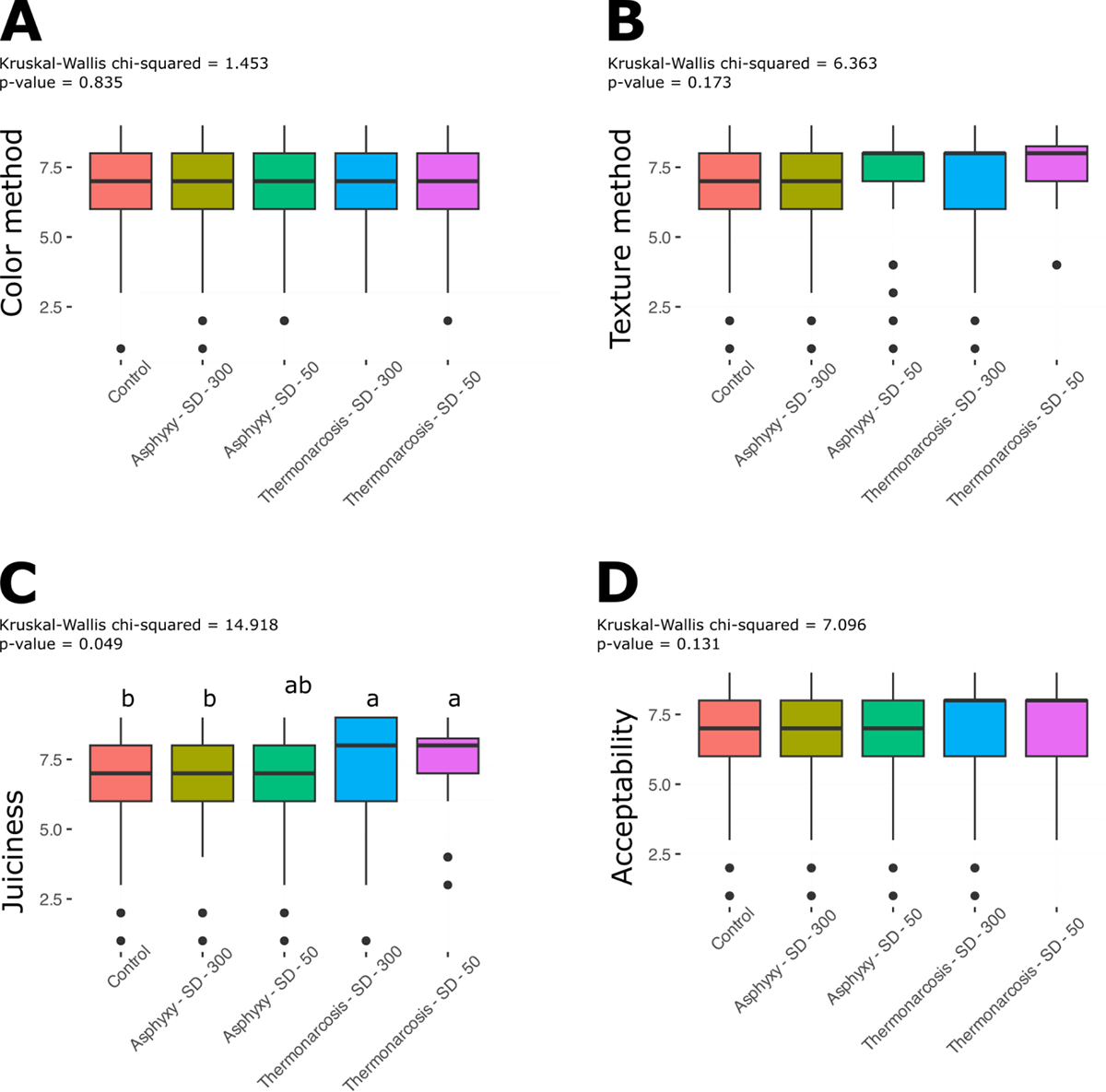
The increase in ventilatory responses was not enough to maintain oxygen dynamics right after transport and also in fish submitted to a stocking density of 300 kg per cubic meter, which were in acidosis decreased blood pH). The fish, after transport and at a stocking density of 50 kg per cubic meter, remained at baseline values, suggesting that the acid-base balance was restored. It is noteworthy that the stocking density is effective for reestablishing homeostasis, demonstrated by the observed blood pH values close to neutrality. The acid-base balance is important, having a direct relationship with respiratory functions and, consequently, energy expenditure.
One of the most pronounced changes in transport-associated management is plasma glucose. Stress-related hyperglycemia is described for several species of fish and is a common reaction to fish transportation. The restoration of glucose levels to baseline values is required to guarantee the quality of the fish to be marketed. In the stunning method by asphyxiation, the fish showed hyperglycemia relative to fish subjected to stunning by thermonarcosis, due to the increase in several chemicals that raise blood sugar levels. Glycogen consumption was increased in asphyxia because it promotes slower death, due to the longer movement time in anaerobic conditions.
In this study the onset of rigor mortis was faster in fish subjected to greater stress (due to higher density and slaughter due to asphyxiation). However, the fish subjected to thermonarcosis, regardless of the stocking density applied, showed a time to enter rigor mortis similar to that of the control treatment, and this seems to be related to the rapid decrease in physical activity due to thermal shock. For the industry, the extension of the pre-rigor mortis period is important, as this phase is ideal for processing since filleting the fish in the state of full rigor affects fillet yield.
Fillet coloration was affected by pre-slaughter stress. Color is generally considered the most important sensory characteristic when evaluating the appearance of a food, especially meat, as it is the main criterion by which consumers evaluate the quality and acceptability of meat. The color dependent on the chemical state of the pigment myoglobin, which is responsible for the reddish-purple color, changes due to the presence of natural pigments. These pigments are unstable and participate in different reactions. As a result, the change in color of a food is an indicator of chemical and biochemical changes that may occur during processing and stocking, in addition to variables such as pre-slaughter conditions, state of oxygenation and oxidation of the muscle. In this study, fish held at the highest density had flesh with a lower intensity of red, a factor that can be attributed to the absence of petechiae or hemorrhages.
High pre-slaughter stress in Nile tilapia subjected to high stocking densities and slaughtered by asphyxiation resulted in less firm fillets compared to fish kept at lower densities and stunned by thermonarcosis. The animals subjected to asphyxiation had fillets with higher brightness and lower intensity of yellow. These color changes are caused by the reduction of soluble muscle proteins in the flesh of stressed fish. These proteins suffer denaturation, becoming insoluble and causing a loss of water from the meat, which results in changes in the reflection of light from the surface, thus causing changes in brightness and in the intensity of red and yellow coloration.
Water holding capacity (WHC) is another quality parameter affected by pre-slaughter stress. In the present study, slaughter by asphyxiation led to the development of fillets with lower WRC in relation to stunning by thermonarcosis, as well as by slaughter by pith sectioning (control fish). Fluid retention is economically important, and the ability of muscle to retain water is affected by several factors, such as pH, postmortem protein oxidation and others.
Excessive loss of water is not desirable for either the industry or the consumer, as it causes losses in the sensory characteristics of the meat, such as texture, tenderness, color and juiciness, making it unattractive, in addition to reducing its yield and nutritional value. Cooking Weight Loss (CWL) of fillets was also affected by pre-slaughter stress, with fish subjected to 300 kg/cubic meter densities and asphyxiation stunning showing the highest water losses after cooking.
The alterations observed in fillet quality also resulted in changes in one of the sensory attributes, juiciness, in which the fillets that underwent asphyxiation presented inferior results in relation to the stunning due to thermonarcosis. The lowest average obtained for the juiciness attribute, in fish submitted to asphyxia, may be related to the lower WHC of these fillets, since this parameter brings the sensation of juiciness during chewing. In addition, although there was no statistical difference, there appears to be a pattern in which the firmness of the fillets is lower in the asphyxiation method than in the other stunning method, showing less firmness; very soft fillets are highly undesirable and can have a major impact on consumer acceptability.
Perspectives
High depuration density (300 kg per cubic meter), combined with the asphyxiation stunning method affected respiratory dynamics and resulted in greater stress, less firm fillet texture and greater weight loss due to cooking, as well as changes in various parameters related to muscle damage. Conversely, the lower depuration density of 50 kg per cubic meter during pre-slaughter, combined with stunning by thermonarcosis, resulted in a longer period of pre-rigor mortis and fillets with a better sensory profile.
Overall, although the density of 50 kg per cubic meter leads to an increase in slaughter costs in the aquaculture industry, further studies must be carried out in order to elucidate whether this generated product can provide an increase in shelf life that can reduce the impacts economically.
Now that you've reached the end of the article ...
… please consider supporting GSA’s mission to advance responsible seafood practices through education, advocacy and third-party assurances. The Advocate aims to document the evolution of responsible seafood practices and share the expansive knowledge of our vast network of contributors.
By becoming a Global Seafood Alliance member, you’re ensuring that all of the pre-competitive work we do through member benefits, resources and events can continue. Individual membership costs just $50 a year.
Not a GSA member? Join us.
Author
-
Silvia Prestes dos Santos, M.S.
Corresponding author
Faculdade de Ciências Agrárias, Universidade Federal da Grande Dourados, Dourados, MS, Brazil
Related Posts
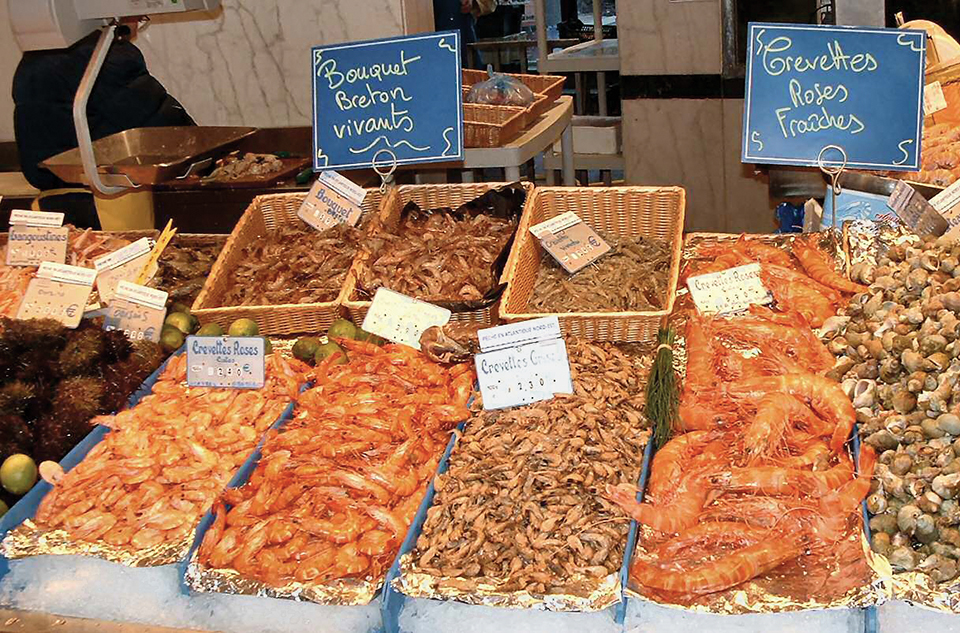
Health & Welfare
Alfalfa concentrate: natural shrimp color enhancer
Adding alfalfa concentrate containing natural carotenoids and pigments to the finishing diets of shrimp can enhance coloration of shrimp after cooking.
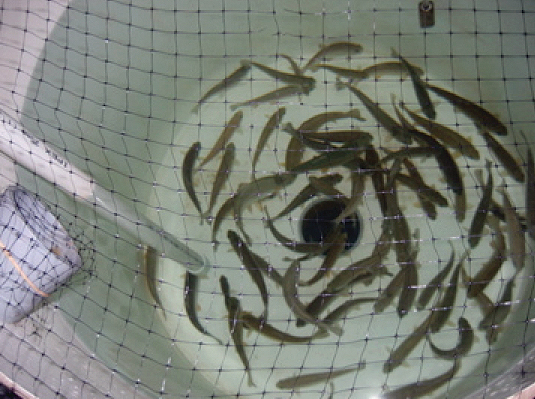
Health & Welfare
Algae shows promise as alternative DHA source in rainbow trout diets
A growth trial in Canada evaluated the use of algae biomass to increase the concentration of long-chain polyunsaturated fatty acids in the tissues of rainbow trout.
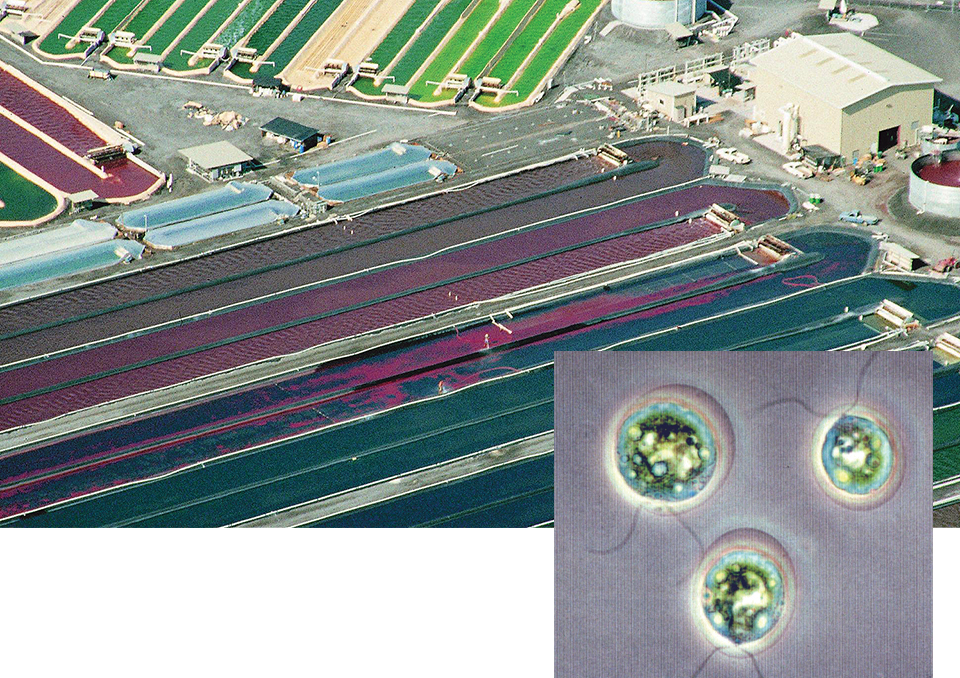
Aquafeeds
Astaxanthin: Feed supplement enhances pigmentation, health
Dietary carotenoids maintain optimal pigmentation and health benefits in cultured aquatic animals. Researchers consider astaxanthin an essential nutrient.
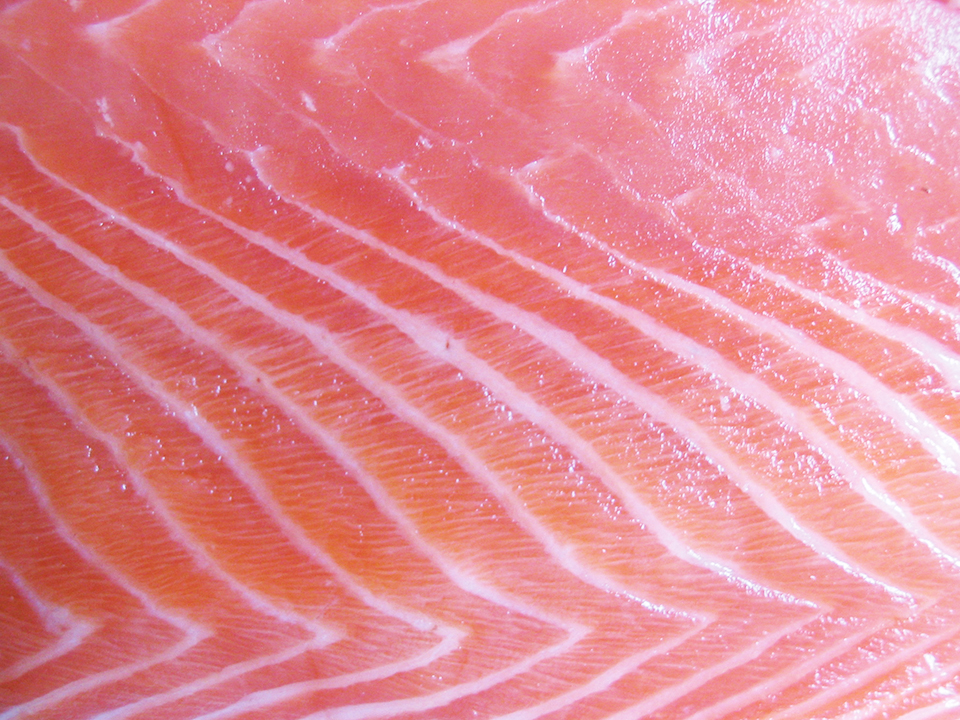
Intelligence
All about Listeria
The pathogenic bacterium Listeria monocytogenes is present in the environment and easily transferred to food and food contact surfaces.



